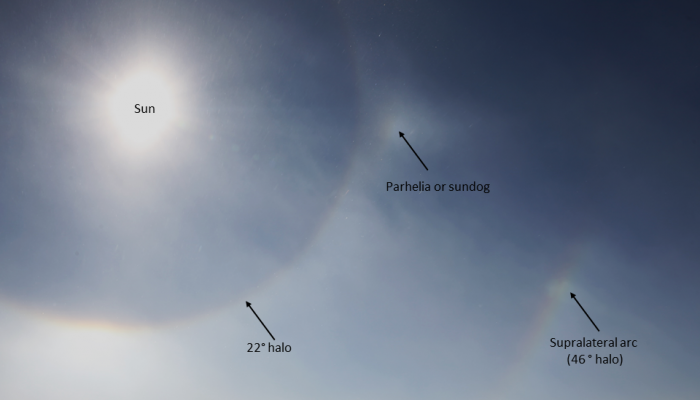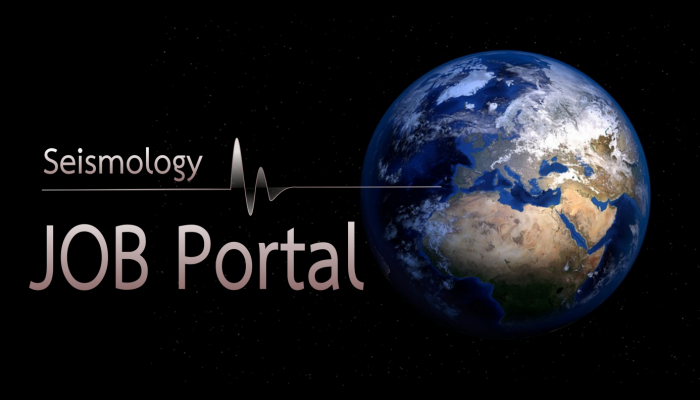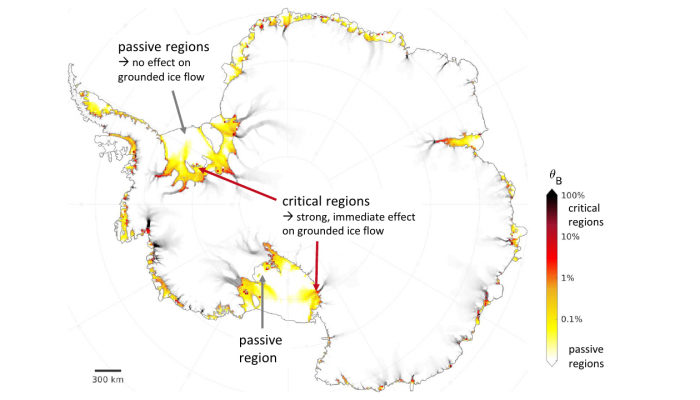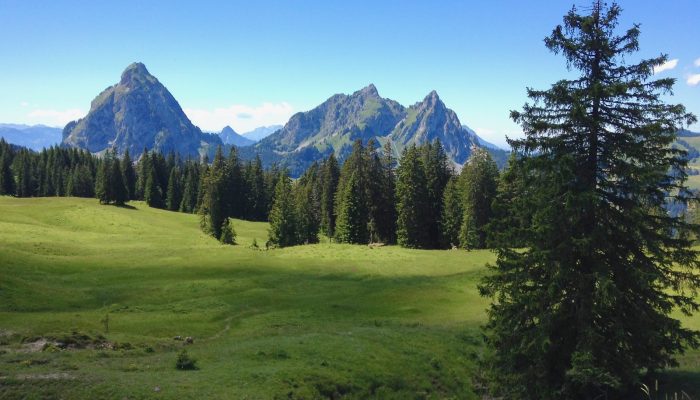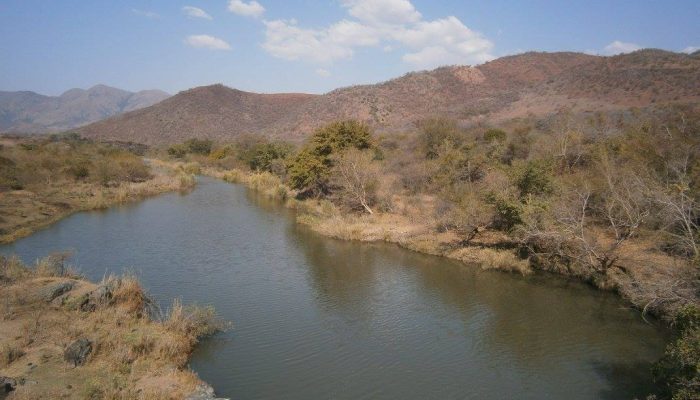How peaceful it is to contemplate the sky … This is especially true of polar northern or southern skies where the low temperatures can engender unique light phenomena. We often tend call them all, wrongly, sundogs, but in fact, many more phenomena exist. To list a few, you can observe a parhelic circle, a 22° halo, a pair of sun dogs, a lower tangent arc, a 46° halo, a circumzenithal arc, a parry ...[Read More]
Geodynamics
Introducing the blog team!
It’s time for another proper introduction of the blog team! As you will probably know, things have been a bit silent on the blog front lately. This is because all the blog editors were very busy and also: it’s hard to upload 52 times a year. You come up with some great blog ideas! (if you do: e-mail us, please!). Luckily, we used the EGU General Assembly to find some fresh blood for th ...[Read More]
Stratigraphy, Sedimentology and Palaeontology
DeepDust ICDP workshop in Norman, Oklahoma, USA discussed drilling the equatorial terrestrial Permian
From microbiology to geophysics – more than 50 international participants of the first DeepDust Workshop covered a wide range of topics. In Oklahoma researchers exchanged views on a possible international drilling project to study the continental geology of the Permian. During a change from the cold to a warm period, large ice masses melted. This may provide interesting insights into current and f ...[Read More]
Natural Hazards
Our audience on stage: new NhET blog column
The diffusion of social media such as Facebook, Twitter, etc. in addition to traditional blogging led to a diversification in the impact of science communication. However, as Eryn Brown and Chris Woolston wrote in Nature last January, blogs continue to be effective platforms for disseminating research into the world and increase the discovery of science. This is the reason why we believe our natur ...[Read More]
Seismology
Seismology Job Portal
On this page we regularly update open positions in Seismology. Do you have a job on offer? Contact us at ecs-sm@egu.eu
Stratigraphy, Sedimentology and Palaeontology
EGU goes greener, let’s go greener to EGU
For those in a rush, here is the conclusion already: EGU is doing great efforts to become more environmentally friendly, but the huge issue of any conference lies in one aspect: participants flying there… Could we, participants, rush into the train next year? I would not have realized all the evolutions of this year’s EGU2019 General Assembly if they had not been told to me. And that w ...[Read More]
Tectonics and Structural Geology
Give us your feedback on our blog!
Help us improve the Tectonics & Structural Geology blog and give us your feedback in this short survey! Would you like to be involved in the team, as a guest writer, networker or blog editor? Let us know via this survey and we’ll get in touch! Display content from Crowdsignal Click here to display content from Crowdsignal. Always display content from Crowdsignal Open content directly
Cryospheric Sciences
Image of the Week – Kicking the ice’s butt(ressing)
Changes in the ice shelves surrounding the Antarctic continent are responsible for most of its current contribution to sea-level rise. Although they are already afloat and do not contribute to sea level directly, ice shelves play a key role through the buttressing effect. But which ice shelf regions are most important for this? The role of ice-shelf buttressing In architecture, the term “buttress” ...[Read More]
Hydrological Sciences
Talking hydrology: an interview with Jana von Freyberg on her work in the Rietholzbach catchment
This is the first post of “Talking hydrology”, an interview-based series of posts in the HS Blog that present the experience and personal views of hydrologists and people interested in talking about hydrology. The “Talking hydrology” series is edited by the team of the HS blog together with Leonie Kiewiet (University of Zurich, Switzerland). Here, we will talk about experimental hydrol ...[Read More]
Geodynamics
The geodynamic processes behind the generation of the earliest continents
The earliest continents played a fundamental role on Earth’s habitability. However, their generation is still not understood, and it requires an integrated approach between petrology and geodynamic modelling. In a new study, Piccolo and co-workers developed a method to handle the effects of chemical evolution on the geodynamic processes. They show that the production of the earliest felsic c ...[Read More]

